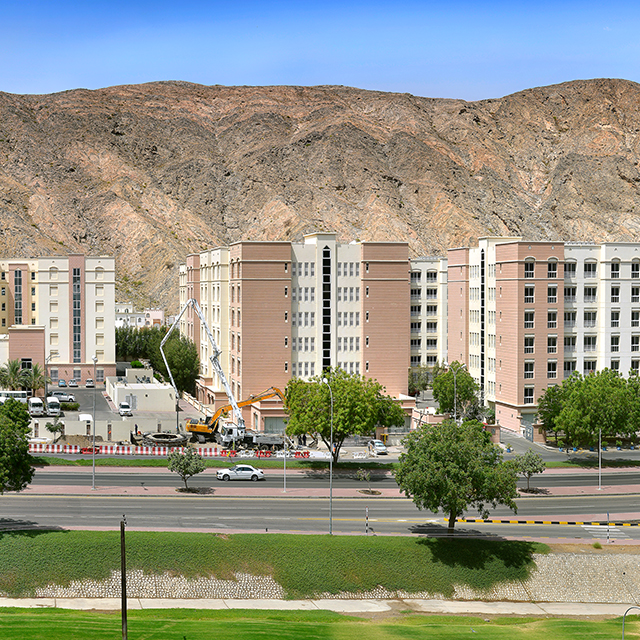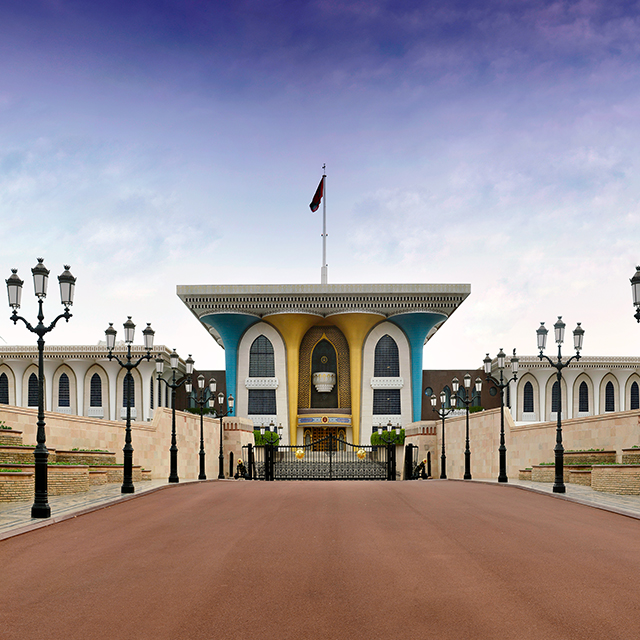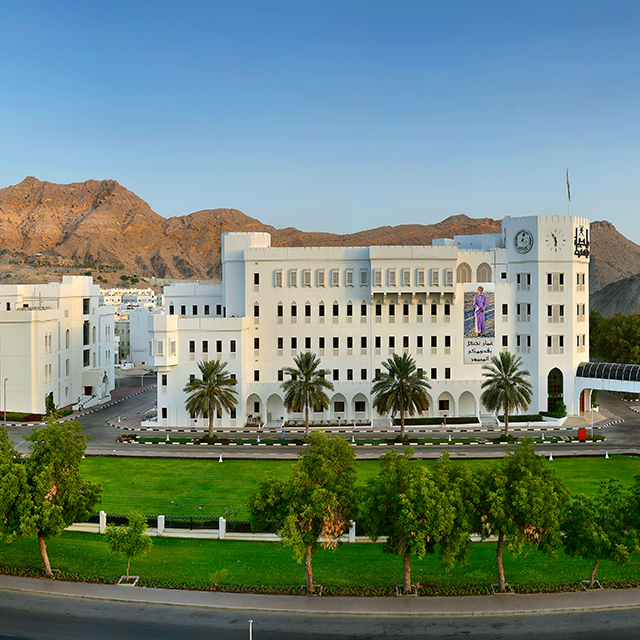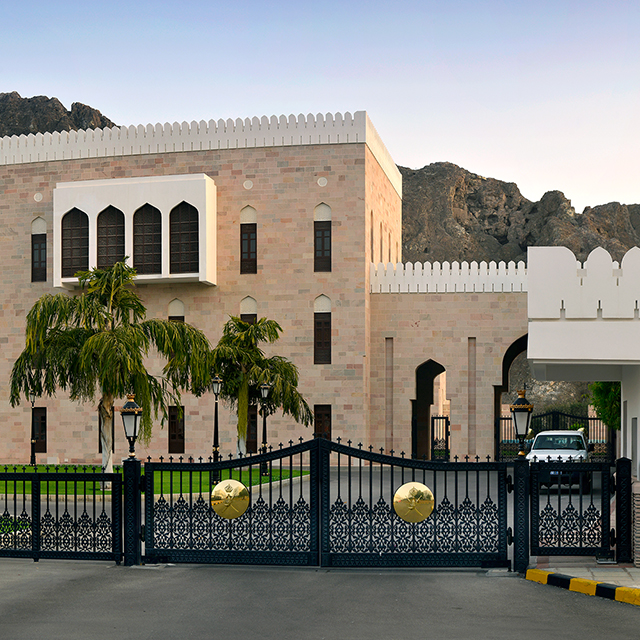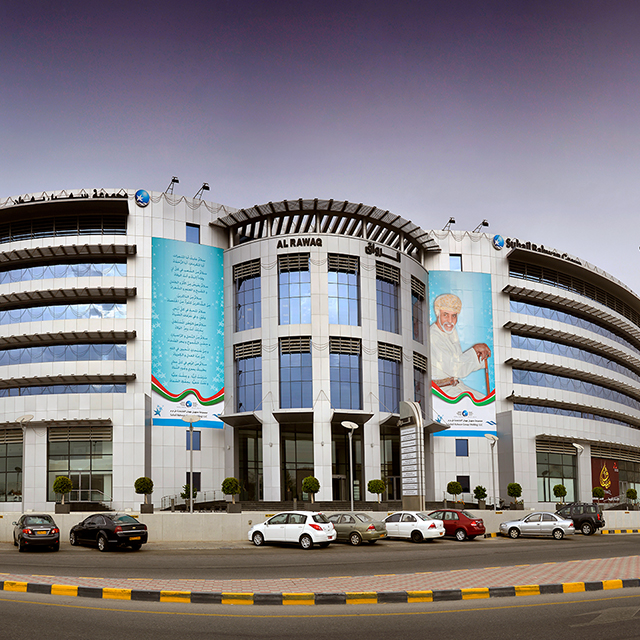While solar panels are great for many reasons, they come with one limitation – they produce electricity only when the sun is out there shining. But what about the time when the sun is not shining? Our peak electricity consumption tends to happen in the evening – thereby causing a demand and supply issue.
However, it would be good to know that solar panels generate enough energy to be utilized throughout the day, even during peak demand. This brings forth the efficient and very necessary usage of solar energy storage systems.
What are they and how can they help you? Let’s take a look inside.
What is a Solar Energy Storage System?
A solar energy storage system is a battery, which is charged by connecting it to a solar energy system – such as photovoltaic (PV) – to be used later in the day. This helps the homeowner or buyer to efficiently store energy and then consume it at any time of the day or night.
Benefits of Solar Energy Storage
The surplus energy can be used for various purposes and can also help you cut costs, provide better energy grids, and on a wider level – it even reduces fossil fuel emissions. The primary benefits include –
Balancing electricity loads – As mentioned earlier, the stored energy can be spread around the day for consumption even when there is no sunlight outside. It creates an energy reservoir, which can be put to use when the energy generation is low and consumption is high.
Short-term back-up – During times when there is a disruption in the weather – such as passing clouds or routine maintenance of your solar panel – you can still have a consistent power supply with solar energy storage systems.
Reliability – Sometimes the power grid may fail, causing an outage or disruption of electricity in your home. These solar energy storage systems provide a respite in such times. Be it a wildfire or severe weather – the energy storage creates a protective bubble by decentralizing where we get our power from.
Types of Solar Energy Storage Systems
There are mainly three classifications for these storage devices –
AC storage system – Typically used in public grids with frequencies of 50 and 60 Hz. It separately connects to the solar grid – which contains the inverter of the solar energy system. It has a built-in inverter that converts AC voltage back to DC voltage – however, this double conversion sometimes leads to higher losses when compared to a direct DC storage system. The advantage is that they can easily be retrofitted with PV systems.
DC storage system – These direct current storage systems are installed before the inverter – and come with the advantage of lower conversion losses because they are only converted once when released from the storage.
PV battery storage – When you are choosing between a storage system, you can choose between lead-gel, lead-acid, and lithium-ion batteries. Lately, however, lithium-ion batteries are becoming more and more popular, as they last around 15-20 years, have very high cycle stability, have a discharge depth of 100 per cent, and cause very little electricity loss, and in contrast to lead accumulators, they emit zero gasses.
To conclude, with solar energy storage panels, what we are looking at is an affordable and consistent energy supply, beneficial to the environment. To know more, head on to the Sterling and Wilson website.




